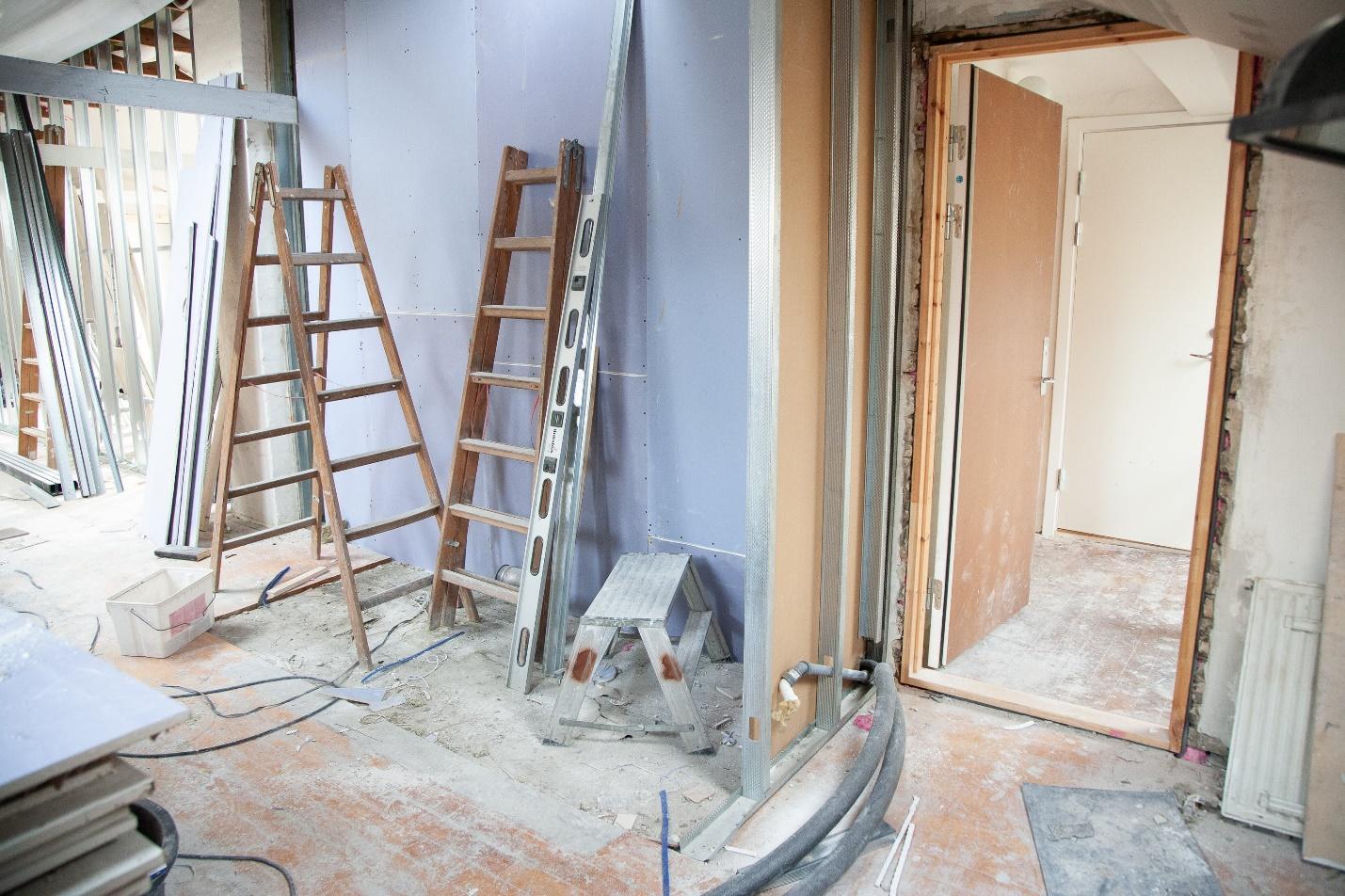Whether it’s revamping a tired kitchen, turning a bland bathroom into a spa-like retreat, or simply giving your living room a fresh coat of paint, the thrill of improving your home is unparalleled. However, this excitement often comes hand-in-hand with a number of challenges. From budgeting and design to selecting the right contractor and navigating permits, the path to a successful home improvement project is paved with detailed planning and informed decisions. In this guide, we’ll explore essential tips to keep in mind as you start on this rewarding venture.
- Understanding Your Vision
The key to any successful home improvement project is a clear, well-defined vision. Before diving into the nitty-gritty of planning, take a moment to reflect on what you want to achieve. Are you looking to increase functionality, enhance aesthetics, or both? Visualize the end result and consider how it will blend with your home’s existing layout and design. Creating a vision board or a list of must-haves and nice-to-haves can be immensely helpful. A well-thought-out vision sets the tone for your project and guides every decision down the road.
- The Importance of Budgeting
Budgeting is the backbone of any home improvement project. It’s essential to establish a realistic budget early on to avoid overspending or running out of funds mid-project. Begin by researching the average costs of similar projects and setting aside a contingency fund for unexpected expenses. Keep in mind, some improvements may require you to pull permits, which can impact your budget. There are many reasons to always pull a permit for home projects, especially the fact that acquiring the necessary permits ensures your project adheres to local building codes and regulations. Although it might seem like an additional cost, it’s crucial for your project’s legality and safety.
- Choosing the Right Contractor
Selecting the right contractor can make or break your home improvement project. Look for professionals with a solid track record, verifiable references, and the necessary licenses and insurance. Don’t hesitate to interview multiple contractors and ask for detailed quotes and timelines. Pay attention to their communication style – a contractor who listens and communicates clearly is as important as their craftsmanship. Trust and transparency are key to a successful partnership.
- Navigating Legal Requirements
Navigating the legal requirements, such as zoning laws and building permits, is critical. These regulations vary by location and the scope of your project. Skipping this step can lead to hefty fines and major headaches down the line. It’s wise to discuss these requirements with your contractor or consult a local building authority to understand what’s needed for your project.
- Design Considerations
Once the logistical aspects are in place, it’s time to dive into the design. This is where you can let your creativity shine. However, it’s important to make design choices that not only reflect your personal style but also complement your home’s overall architecture. Consider current trends but also think long-term – what looks trendy today might not stand the test of time. Don’t forget functionality; a beautiful space that doesn’t meet your lifestyle needs can quickly lose its appeal.
- Material Selection
The materials you choose play a significant role in both the appearance and longevity of your project. When selecting materials, consider factors like durability, maintenance, and sustainability. While it’s tempting to opt for the most cost-effective options, investing in quality materials can save you money in the long run due to their longevity and durability. Additionally, with a growing emphasis on environmental responsibility, eco-friendly materials are not only good for the planet but can also add value to your home.
- Timeline Planning
Crafting a realistic timeline is essential for the smooth execution of your home improvement project. Start by establishing a clear start date and a tentative completion date. Be sure to discuss this with your contractor to align expectations. Keep in mind that home improvement projects often encounter unexpected delays due to factors like weather, material availability, and unforeseen structural issues. Building in extra time for these potential setbacks can prevent a lot of stress. A well-planned timeline is about managing your own expectations and ensuring a seamless flow of work.
- Preparing Your Home
Before the actual work begins, preparing your home is crucial. This involves more than just clearing out the space. Consider the impact of the project on your daily routine and make arrangements to minimize disruptions. If you’re renovating a kitchen or bathroom, plan for how you’ll manage without these essential spaces. Protecting your belongings from dust and damage is also important. Cover furniture, and if necessary, store valuables elsewhere. Safety is paramount, especially if you have children or pets. Ensure that work areas are off-limits to them and discuss safety protocols with your contractor.
- Effective Communication
Maintaining clear and continuous communication with your contractor, family members, and possibly your neighbors is vital. Regular check-ins with your contractor can keep you updated on the project’s progress and any challenges that arise. Be transparent about your expectations and open to suggestions from professionals. Communication within the household is just as important to ensure that everyone’s needs are considered during the upheaval. If the project is extensive, informing your neighbors can help maintain good relations, especially if the work involves noise or disruption.
- Dealing with Unexpected Challenges
No home improvement project is immune to surprises, especially in older homes where hidden problems can lurk behind walls. When these challenges arise, it’s important to stay calm and solution-focused. Work closely with your contractor to understand the issue and evaluate your options. Sometimes, these challenges can lead to changes in the project scope, timeline, or budget. Flexibility and a problem-solving mindset are key to navigating these hurdles effectively.
- Keeping an Eye on Quality
Throughout the project, keep a close watch on the quality of workmanship and materials. Regular site visits and discussions with your contractor about the progress can help you ensure that the project meets your standards. Don’t be afraid to ask questions or raise concerns – after all, it’s your home and your investment. If something doesn’t look right, addressing it sooner rather than later can save time and money. Remember, quality control is a continuous process and is critical for the success of your project.
- Looking Toward the Future
As your project nears completion, start thinking about long-term maintenance and future upgrades. Discuss maintenance requirements with your contractor to ensure the longevity of your improvements. Also, consider how your current project might impact or integrate with future home upgrades. This foresight can help you make decisions that are not only beneficial for the present but also advantageous in the long run.
When it comes to starting a home improvement project, it’s clear that the key to a successful venture lies in thorough planning, clear communication, and a flexible, well-informed approach. Each step of the process, from understanding your vision to planning for future maintenance, plays a crucial role in transforming your home improvement dreams into reality. Home improvement projects can be daunting, but with the right mindset and preparation, they can also be incredibly rewarding.











